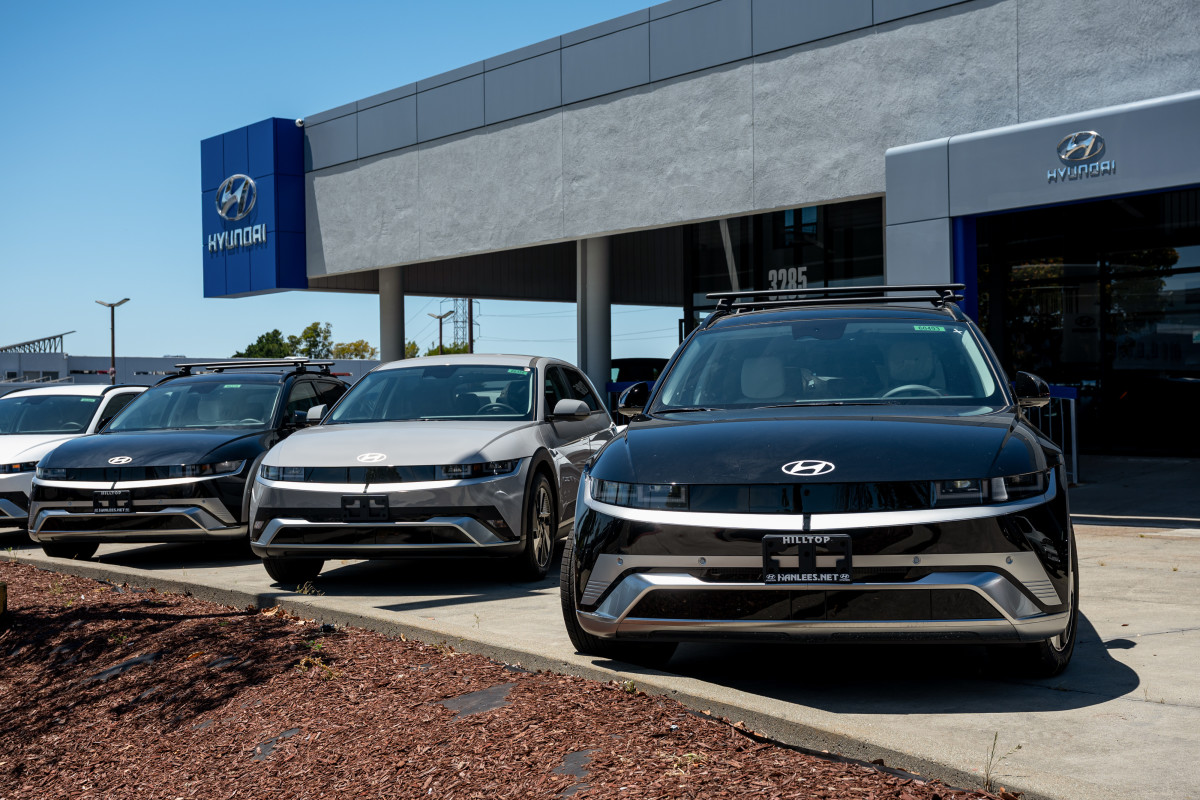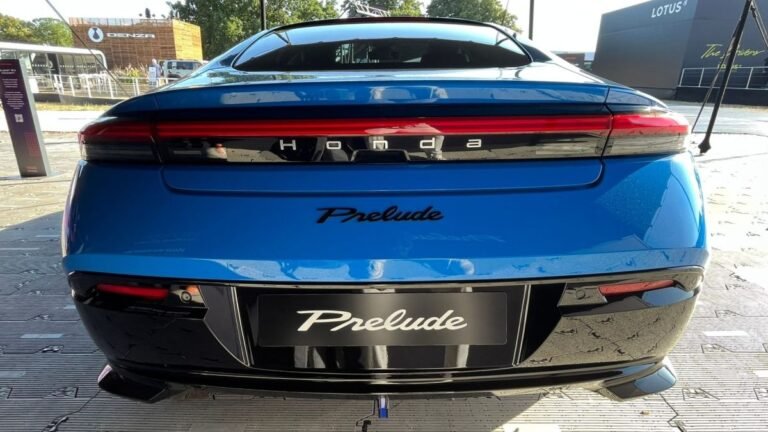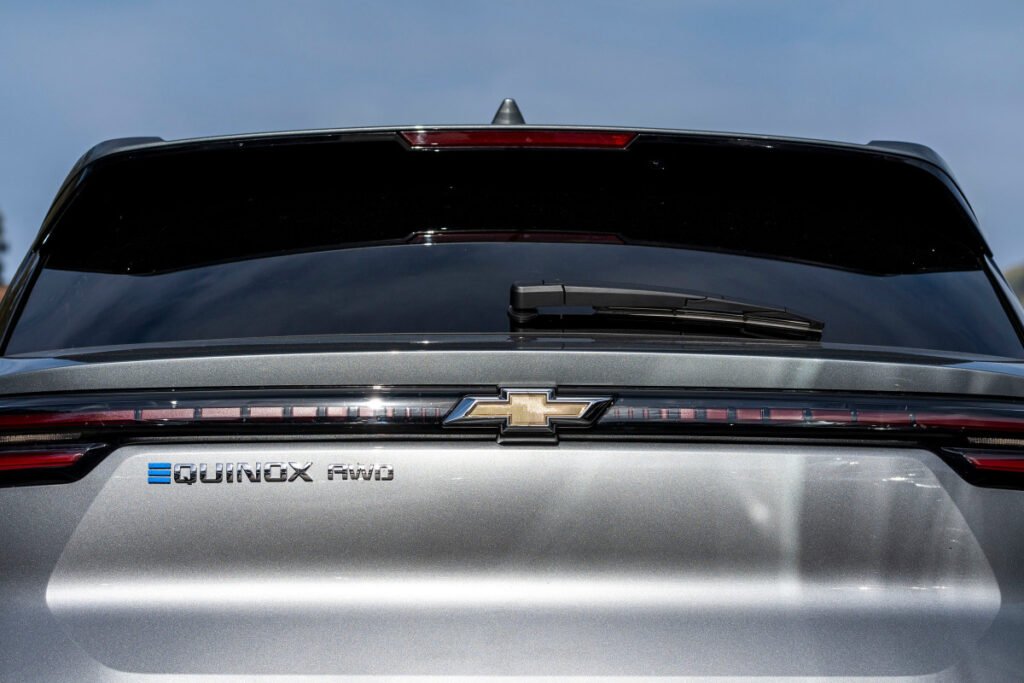
Most potential EV buyers were swayed by the Federal Tax Credit
According to data from a September survey conducted by the market research company The Harris Poll, the Federal EV tax credit has had a significant effect in motivating potential EV buyers to actually purchase electric vehicles. Per their results, nearly a third of car buyers who were likely to buy an electric vehicle as their next car would be much less likely to consider an EV or wouldn’t consider one at all, without the federal tax credit being a factor in their purchase decision.
Furthermore, 60% of the respondents said that an incentive of $5,000 or more would actually sway them towards the purchase of an electric vehicle, while about 30% would be swayed by an incentive between $2,500 and $4,999. Just 11% of those who responded said that they’d take an incentive of less than $2,500.
Harris Poll senior consultant Greg Paratore told Automotive News that incentives like the now-expired $7,500 Federal EV tax credit remain important to EV adoption because affordability remains a top priority among consumers.
The Federal credits expired on September 30, following the passage of the One Big Beautiful Bill Act this past summer; however, Paratore notes that the loss of the incentives presents an opportunity for automakers to build consumer trust by absorbing some of the cost of an EV transition. “They can preserve momentum if they step in with credible value,” he said.
The survey, which was conducted between September 23 and 25, took results from a total of 2,095 U.S. adults, 1,675 of whom said they plan to buy or lease a new or used vehicle in the future. More than half said they would opt for a gas-powered car as their next vehicle, while nearly a third indicated they would purchase a conventional hybrid, and 16 percent stated that they’d buy a plug-in hybrid.
Getty Images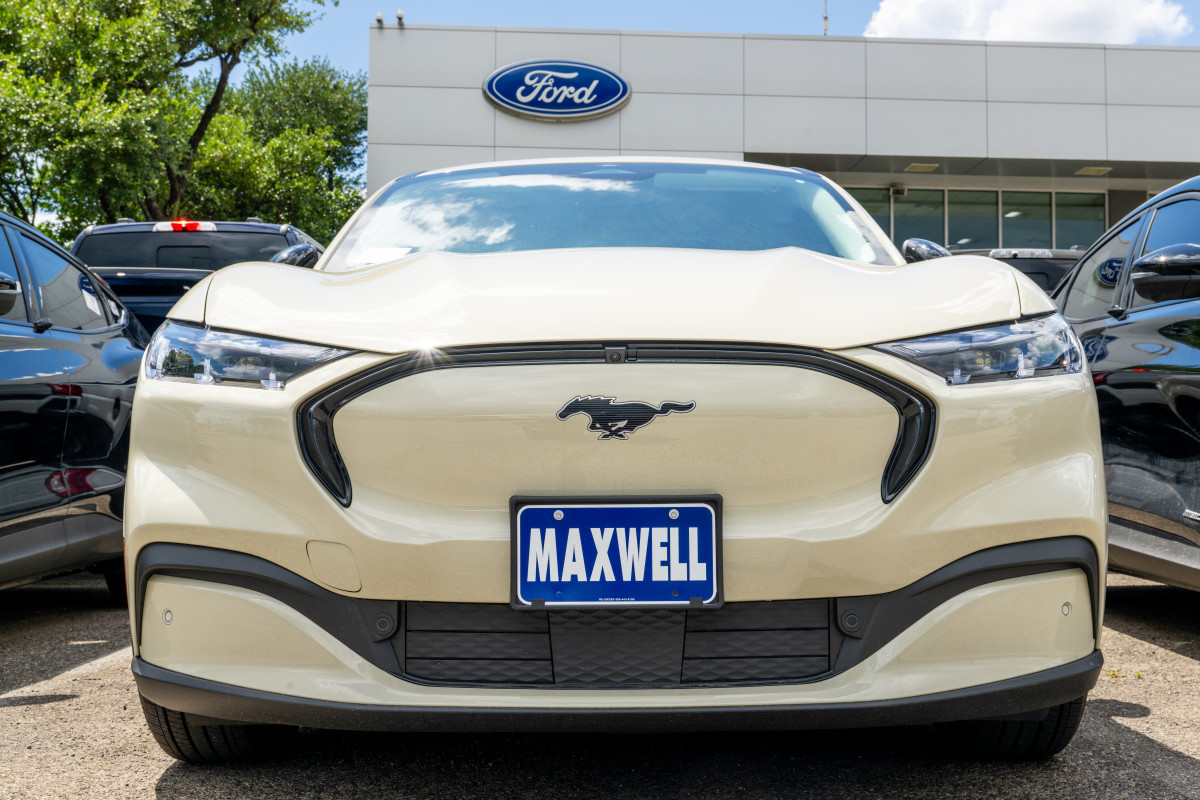
Automakers are doing their best to preserve EV discounts and incentives
As a result of the loss of the Federal EV tax credit incentives, industry leaders like Ford CEO Jim Farley have a darker picture for the future of electric vehicles in the United States. During remarks at the company’s Ford Pro Accelerate event in Detroit, he said that he “wouldn’t be surprised” if the market share of EVs in the United States fell from the currrent 10% to 12% to 5%.
“I think it’s going to be a vibrant industry, but it’s going to be smaller, way smaller than we thought, especially with the policy change in the tailpipe emissions, plus the $7,500 consumer incentive going away,” Farley recently said. “We’re going to find out in a month. I wouldn’t be surprised that the EV sales in the U.S. go down to 5%.”
Brandon Bell/Getty Images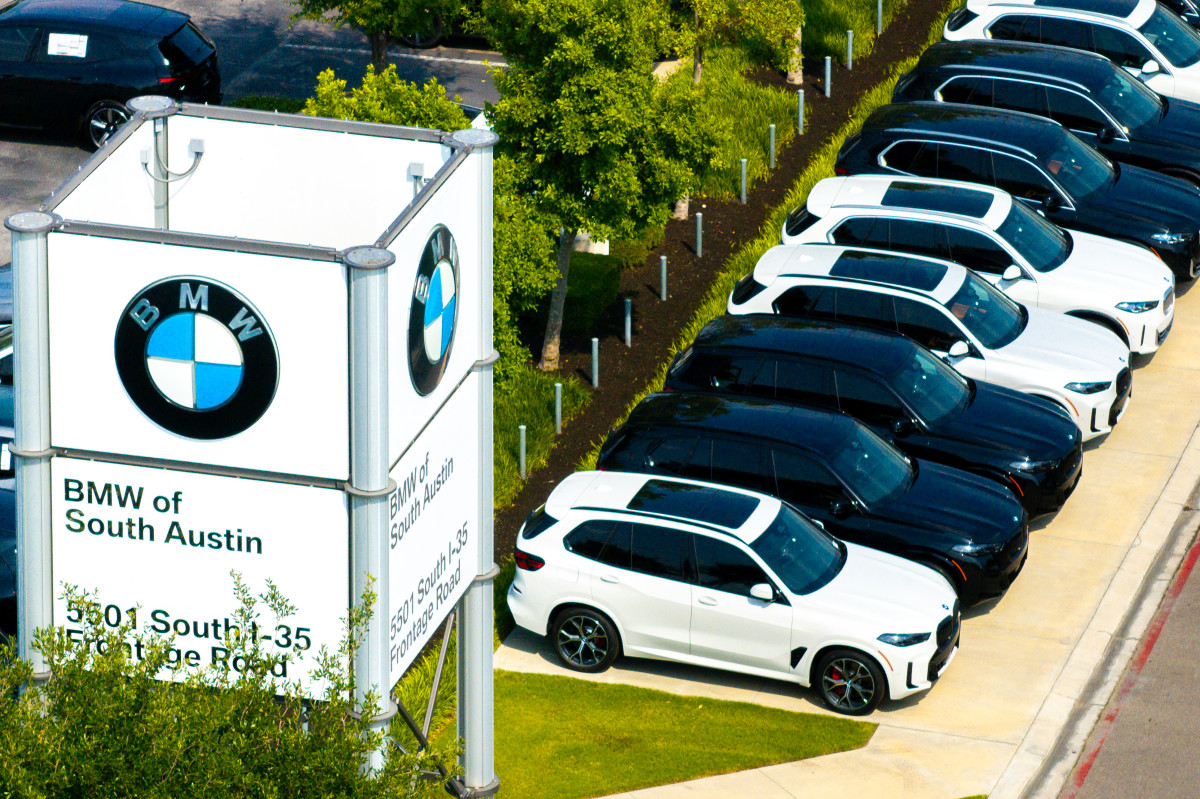
Despite this, many major manufacturers have been making an effort to preserve the discounts and incentives. Most recently, German luxury mainstay BMW has introduced a $7,500 purchase credit for its entire EV lineup during the month of October. On October 1, South Korean automaker Hyundai applied significant price reductions on its popular IONIQ 5 electric hatchback for the upcoming model year, ranging from $7,800 to $9,800 depending on the trim level. In a statement, the automaker noted that it intends to keep the brand’s IONIQ vehicles competitive as consumer expectations and its competition continuously evolve.
“Hyundai is taking bold steps to ensure our award-winning IONIQ 5 remains a top choice for EV buyers,” said Randy Parker, President and CEO, Hyundai Motor North America. “This pricing realignment reflects our commitment to delivering exceptional technology and innovation without compromise.”
Final thoughts
According to an August study by the Harris Poll and Urban Science, the top concern for 64% of EV buyers is affordability. To further the conversation about Farley’s remarks on EVs and their place within the market share, the status quo for the EV market is likely to be price, with the best offering the most competitive pricing.
Lower-priced EVs, such as the $30,000 Nissan Leaf, the next-generation Chevy Bolt EV, and the lower-priced Tesla Model Y, are in the pipeline. Given the current environmental context, EVs like the ones mentioned may help the industry move the EV needle forward. However, the EV market’s newfound “price wars” come at a risk to automakers’ bottom lines at a time when ever-changing tariffs are a concern. This “post-federal credits era” will be an interesting time for not just the EV market but the overall automotive industry.
